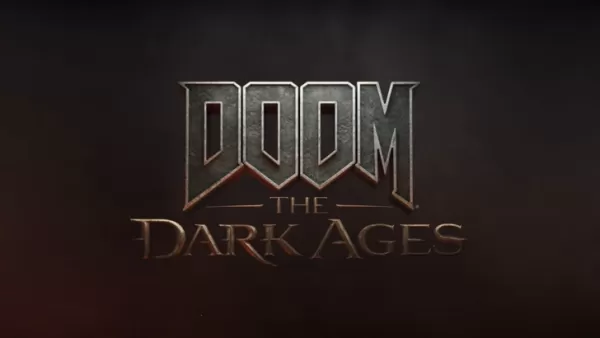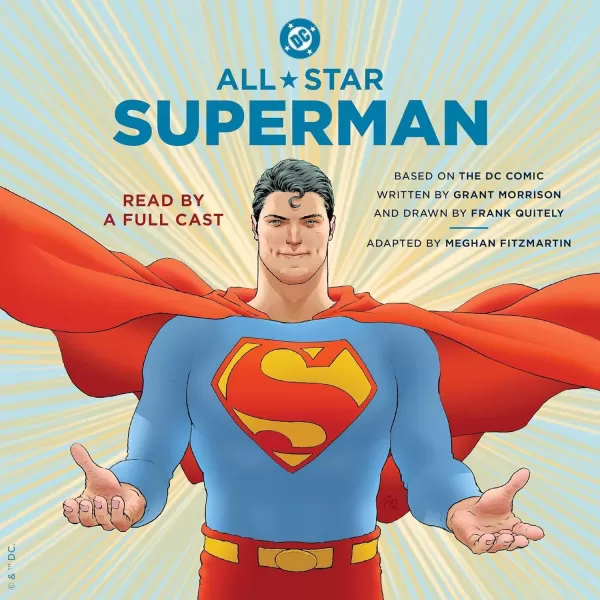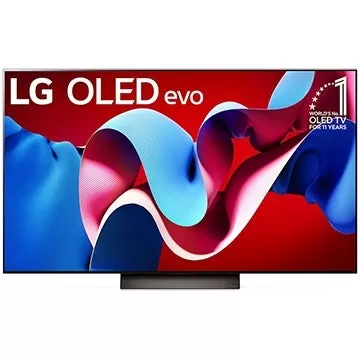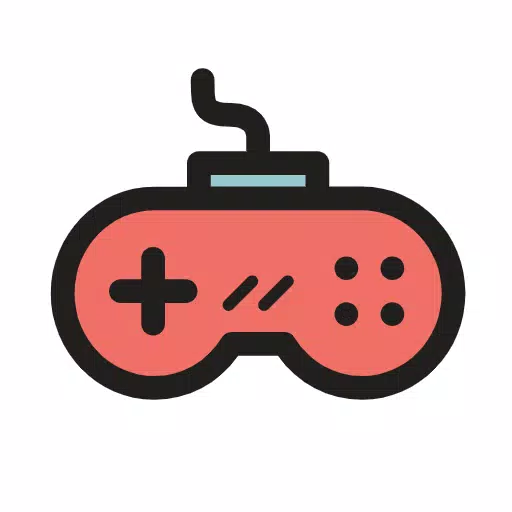Following months of rumors and leaks, Nintendo officially revealed the Switch 2 through a dedicated Direct presentation. The showcase featured trailers for upcoming titles like Mario Kart World and Donkey Kong Bonanza, along with GameCube classics exclusive to Switch 2 Online. More significantly, we finally saw the console itself – and from an accessibility standpoint, the Switch 2 represents meaningful improvements across nearly all aspects.
New Accessibility Settings
The Direct didn't spotlight many accessibility features during gameplay segments, though it confirmed fully customizable controls for virtual GameCube titles aligned with system-wide settings. Nintendo compensated by publishing a comprehensive accessibility page outlining returning and new functionalities.
The console maintains full control customization matching the original Switch, while expanding text adjustment options with three sizing choices plus new High Contrast and color modification capabilities. The essential Zoom feature returns for low vision users, but the standout addition is a system-level Screen Reader.
This text-to-speech functionality - currently available for HOME menus and system settings - marks Nintendo's first major step toward supporting blind/low vision players in navigating their consoles independently. Users can customize voice profiles, reading speeds, and volume levels. While game-specific implementation remains uncertain, this foundational accessibility investment signals Nintendo's growing commitment to inclusive design.
Innovative Design
Beyond dedicated menus, Nintendo introduced groundbreaking accessibility through its revamped Switch App. The new Zelda Notes feature offers GPS-style navigation aids for Breath of the Wild and Tears of the Kingdom, complete with audio cues directing players to key locations. While imperfect for combat scenarios, this significantly reduces cognitive load when traversing Hyrule's vast landscapes.
The app's Autobuild Sharing tool revolutionizes accessibility for Zonai device construction. Players can now bypass the complex building process by scanning QR codes for premade designs - a game-changer for those with motor impairments. Similarly, the Item Sharing feature eliminates arduous resource gathering through QR code exchanges.
Wheelchair Sports
The most surprising reveal was Drag X Drive, a wheelchair basketball game demonstrating meaningful disability representation. This showcase highlighted the Joy-Con's new mouse-like functionality - when placed sideways, the controller tracks surface movement for alternative input. While precise specifications remain unclear, this innovation offers promising accessibility potential when combined with Nintendo's existing controller ecosystem.
While the Switch 2 lacks a dedicated accessibility controller like competitors' offerings, Nintendo continues carving its own path toward inclusive gaming. The company's recent commitment to standardized accessibility tags further reinforces this direction, suggesting a bright future for accessibility innovation under Nintendo's approach.









